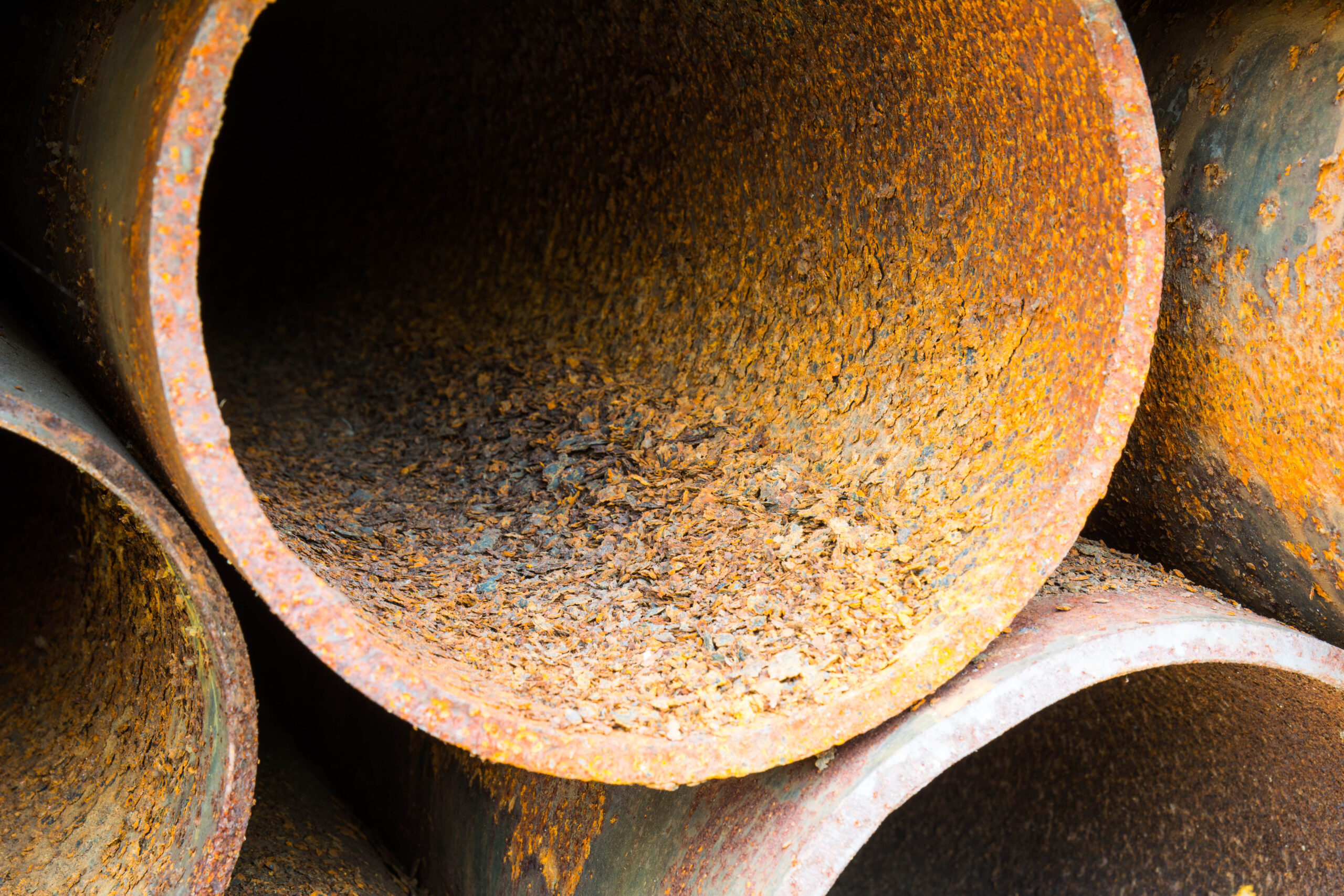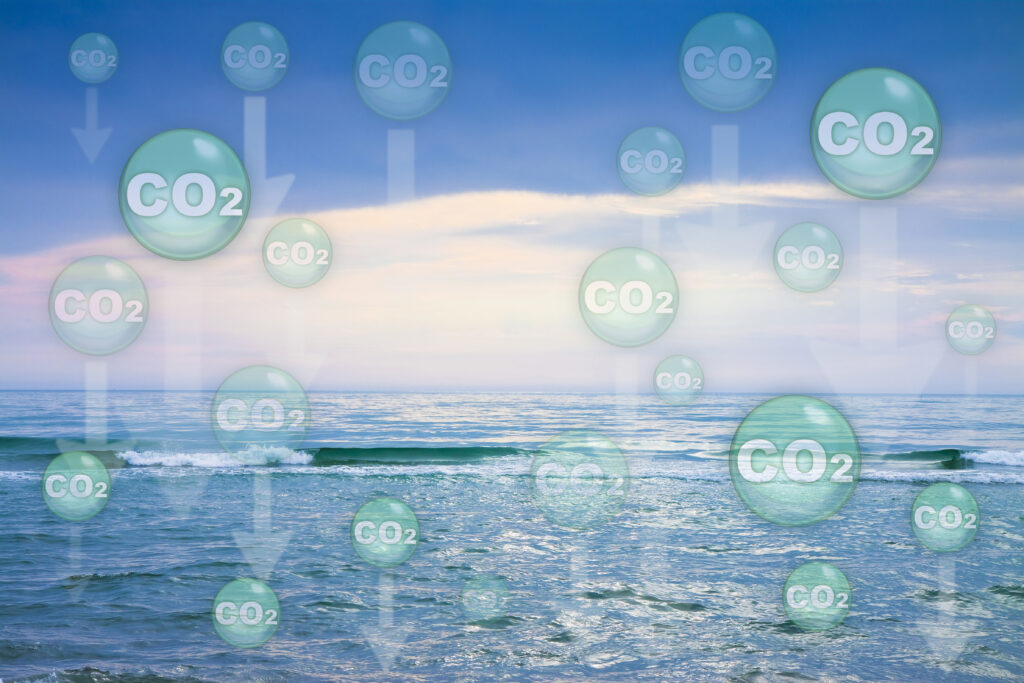
14.06.2024
CO₂ Transport; Norwegian Expertise Sets Impurity Limits
KDC-IV Project: Advancing Experimental Data and Tools for CO2 Transport Systems.
The KDC-IV project continues previous initiatives aiming to create experimental data, knowledge, and tools to establish impurity limits in CO2 transport systems. Led by the Institute for Energy Technology (IFE) in Kjeller, the project seeks to enhance safety and reduce costs in CO2 transport. It is supported by CLIMIT with approximately NOK 5.6 million. Industrial partners include Shell, TotalEnergies, Equinor, Gassco, Vallourec, BP, Chevron, ExxonMobil, ArcelorMittal, Air Products, ENI, Saudi Aramco, Wintershall Dea, EBN, Fluxys and Gasunie.

Water Induces Corrosion
Material selection is crucial in the overall cost of CO2 transport systems for carbon capture and storage. Cost considerations make carbon steel the preferred material for long pipelines and ship transport. However, carbon steel corrodes in the presence of water or water-bearing phases, which can form due to impurity reactions. Therefore, controlling CO2 composition and system operation is essential to prevent the formation of water-bearing phases.
Currently, various specifications and recommendations exist for the types and concentrations of impurities allowed in the CO2 stream. Traditionally, these limits have been set from health, environmental, and safety perspectives, rather than based on material integrity, due to a lack of knowledge. This knowledge gap has made it challenging to define specifications that ensure safe operation and long-term material integrity.
Expertise at Kjeller
The IFE at Kjeller, near Oslo, leads this CLIMIT-funded project. – Initially focused on nuclear power research, IFE expanded its activities in the early 1980s to include other fields due to the limited role of nuclear power in Norway. Early research emphasized oil and gas, later extending to wind, solar, hydrogen, battery technology – and CO2 capture and storage, says Gaute Svenningsen – project manager at IFE.
Activities in KDC-IV
The project involves extensive experiments with CO2 impurities, both with and without corrosion testing. Many experiments cover conditions and impurities not previously tested, including those for ship transport (low temperature and moderate pressure) and pipeline transport of liquid CO2 (ambient temperature and high pressure). Under these conditions, CO2 will be either liquid or supercritical.
Previous KDC project results have been used to enhance OLI Systems’ thermodynamic model, enabling it to simulate reactions in liquid and supercritical CO2. KDC-IV results will be compared with OLI calculations to assess the model’s accuracy. This knowledge is invaluable for operators using these tools in real projects, whether in design basis development or full-scale project operation.
– We must constantly find new methods to manage impurities. Capturing CO2 from different sources introduces various components that must be considered. Balancing the extent of purification against permissible impurity levels is crucial. Unfavourable combinations of impurities may create undesirable reaction products in the facility, such as acid precipitates, particles, or elemental sulphur, which can be corrosive and cause significant damage, Gaute explains.
Research Findings
At IFE, four researchers focus on KDC-IV, while two others work on well and reservoir-related CO2 injection issues. IFE manages numerous simultaneous projects and receives substantial external interest in its CO2 transport data.
KDC-IV’s work has shown that many impurity combinations are mostly inert, while others lead to chemical reactions. Some combinations result in a separate water phase with high concentrations of sulfuric acid, nitric acid, and elemental sulphur, which is corrosive to carbon steel.
– We have excellent technicians and engineers at IFE, and a very competent workshop. We order most research equipment as components and assemble them ourselves. This approach is more efficient than ordering everything pre-assembled, Gaute adds.
Competent Environment
Ernst Petter Axelsen of Gassnova, CLIMIT’s representative for KDC-IV, notes that IFE is a world leader in this field, possibly the only entity capable of conducting such high-level experiments. The work is labour-intensive and requires expensive equipment and extensive laboratory experience. Therefore, expectations are high for IFE’s achievements leading up to the project’s conclusion in 2027, Ernst Petter says.
Future Work in KDC-IV
The KDC-IV project will study precipitation of separate acid phases in liquid CO2 with various impurity combinations. It will investigate the composition of acid phases and examine the behaviour of such droplets in CO2 pipelines, using a high-pressure flow loop. Experiments will also explore effects of different impurities in CO2 transported in the gas phase (low pressure).
The KDC-IV project aims to provide comprehensive knowledge on corrosion and chemical reactions in CO2, which is essential for setting specifications for the safe transport of CO2 in pipelines and on ships.
